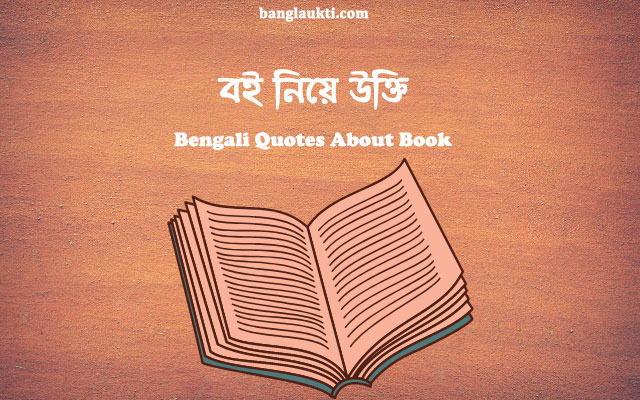Bengali literature holds a significant place in the vast realm of Indian literature. Renowned for its depth, diversity, and poetic charm, Bengali books have captivated readers for centuries. From the works of Nobel laureate Rabindranath Tagore to the revolutionary writings of Kazi Nazrul Islam, Bengali literature showcases a vibrant tapestry of emotions, ideologies, and cultural expressions. In this blog, we will embark on a journey to discover the richness and uniqueness of Bengali books.
- The Renaissance of Bengali Literature: The 19th and 20th centuries witnessed a literary renaissance in Bengal, often referred to as the “Bengal Renaissance.” This period marked a surge in intellectual, social, and cultural reforms, resulting in a remarkable literary output. It was during this time that literary giants like Rabindranath Tagore, Sarat Chandra Chattopadhyay, Bankim Chandra Chattopadhyay, and others emerged, shaping the literary landscape of Bengal.
- Rabindranath Tagore: The Bard of Bengal: No discussion about Bengali literature is complete without mentioning Rabindranath Tagore. As the first non-European Nobel laureate in Literature, Tagore’s contributions transcend borders. His poetry, novels, and plays, including “Gitanjali” (Song Offerings) and “Gora,” reflect his deep philosophical insights, love for nature, and exploration of human emotions. Tagore’s works continue to inspire generations of readers worldwide.
- Classic Bengali Novels: Bengali literature boasts a treasure trove of classic novels that delve into various aspects of human existence. Sarat Chandra Chattopadhyay’s “Devdas” is a heart-wrenching tale of unrequited love and societal norms. “Pather Panchali” by Bibhutibhushan Bandyopadhyay takes readers on a lyrical journey through the joys and sorrows of a rural Bengali family. Bankim Chandra Chattopadhyay’s “Anandamath” explores themes of patriotism, freedom, and sacrifice.
- Regional Literature: Bengali literature extends beyond the works of renowned authors. It encompasses regional literature from various parts of Bengal, each with its distinctive flavor. The writings of Sharat Kumar Roy, Mahasweta Devi, and Sunil Gangopadhyay portray the diverse cultural, social, and political fabric of Bengal. These regional works add depth and richness to Bengali literature, giving voice to marginalized communities and exploring their unique narratives.
- Poetry and Lyrics: Bengali poetry is known for its lyrical beauty and evocative imagery. From the mystic verses of Lalon Fakir to the revolutionary poems of Kazi Nazrul Islam, Bengali poetry covers a wide range of themes. The songs and lyrics composed by Tagore, commonly known as “Rabindra Sangeet,” are celebrated as a cultural heritage of Bengal. The emotional depth and poetic charm of Bengali poetry have contributed significantly to the cultural identity of the region.
- Contemporary Bengali Literature: Bengali literature continues to evolve and flourish in the contemporary era. Writers like Samaresh Majumdar, Sankar, and Shirshendu Mukhopadhyay have gained popularity for their engaging storytelling and portrayal of modern-day complexities. Their works explore themes like love, relationships, urbanization, and the changing social dynamics of Bengali society.
Conclusion: Bengali books have an indelible imprint on the literary world. The works of legendary authors, coupled with the vibrant regional literature and soulful poetry, create a rich tapestry of storytelling and cultural expression. Whether it is the classics that have stood the test of time or the contemporary narratives that reflect the pulse of today’s society, Bengali literature continues to captivate readers with its depth, emotion, and intellectual prowess. Exploring the world of Bengali books is an enriching journey that allows one to experience the essence of Bengal’s culture and artistic heritage.
![]()
![]()


nice article